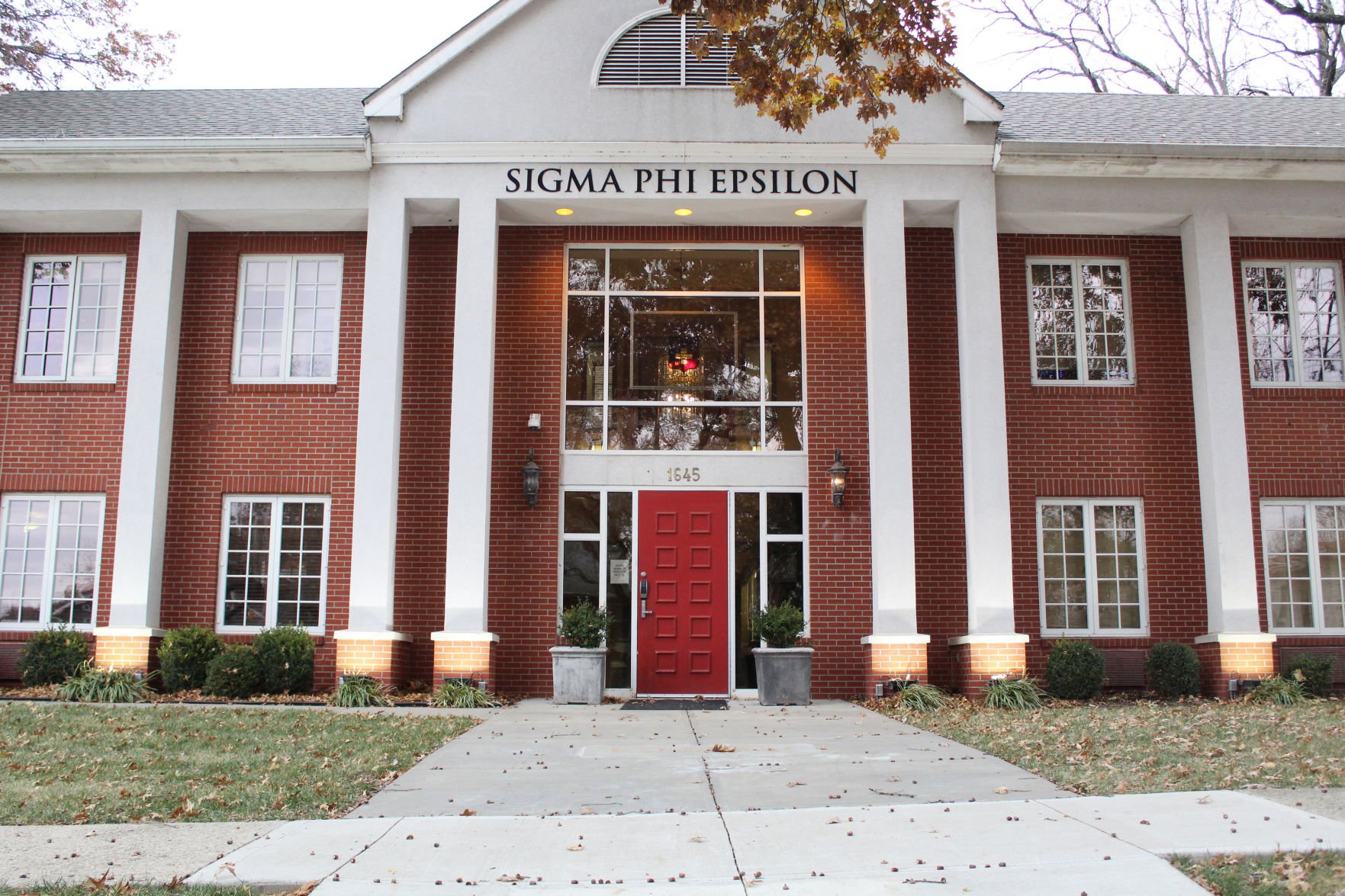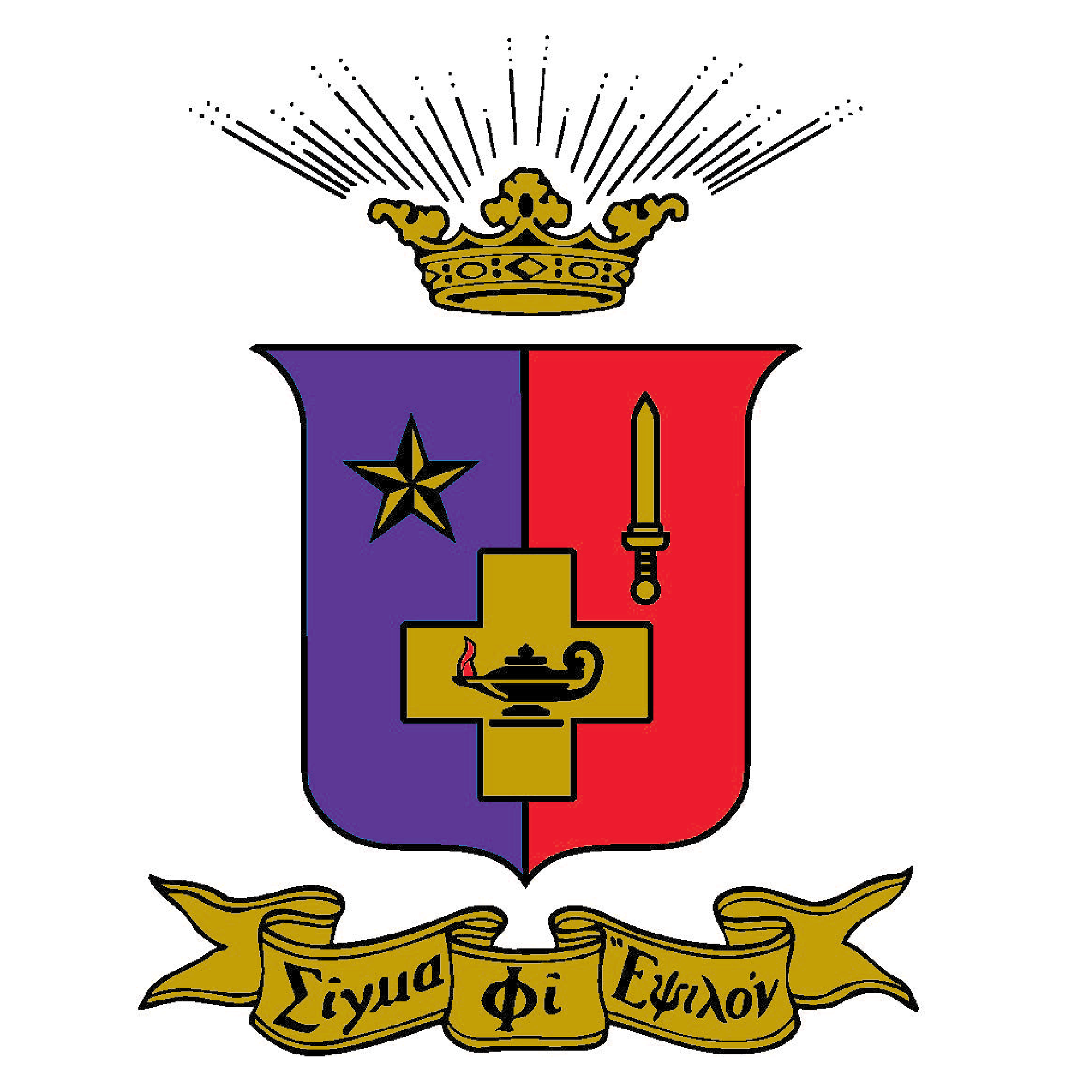

The national organization of Sigma Nu declined to give out any information regarding recruitment statistics at Yale, and the national organizations of Zeta Psi and Alpha Delta Phi told the News to await an update regarding their Yale recruitment numbers. The national organizations of SigEp, Chi Psi, and AEPi also did not respond to requests for comment. The Yale chapter presidents of Alpha Epsilon Pi, Delta Kappa Epsilon and Leo did not respond to or follow up on repeated requests for rush information.

Tyler Morley ’18, president of SigEp, did not respond to request for comment. This semester, SigEp allowed women and nonbinary students to attend rush events.Īlthough students interviewed tended to agree that there is a general acceptance that SigEp’s rush numbers range higher than those of other male fraternities, many Greek organizations do not release their rush numbers and no general recruitment statistics are available. To that end, McGrew has put his support behind a group called Engender, which seeks to make Greek organizations more gender inclusive. Will McGrew ’18, a member of SigEp, attributed high student interest in SigEp and Fence to the “large demand” among students to join clubs that have made efforts to promote gender, race and sexuality inclusion. “People say that they have the best social reputation.” “Fence and SigEp kind of serve a similar purpose,” said Daniel Dager ’20, who recently accepted a bid to join SigEp’s newest pledge class. Students, as well as members of Fence and SigEp, attributed this popularity to a growing campus preference for fraternities and social clubs which appear to cultivate socially inclusive environments or have positive social reputations on campus. Of these, only 23 were accepted into Fence and around 30 were offered bids to SigEp, sources told the News.Ĭlose to a dozen students with experience in the rush process told the News that there is a general understanding in the Greek life community that the demand for these two groups surpasses other fraternity chapters at Yale. Roughly 80 students eventually requested to join Fence at the end of rush and between 60 and 80 students requested bids from SigEp. According to representatives from Fence and a member of SigEp who asked to remain anonymous, roughly 150 students signed up for the spring 2017 rush processes for each group. Though fraternities are often reluctant to release rush statistics, Fence Club and Sigma Phi Epsilon currently boast reputations as Greek organizations with some of the most competitive rush processes at Yale. In 1879, Baird's stated that the badge was royal purple.In the rush to join Greek life at Yale, many students appear to be flocking in higher numbers toward fraternities with reputations as socially responsible and inclusive spaces. Rowley, founder of the Beta of New York chapter. The Sigma Phi badge is a monogram with a jeweled Σ directly over a Φ that is either plain or chased. Sigma Phi is a member of the North American Interfraternity Conference.

The practices and rituals of the Sigma Phi Society are relatively unknown due to its establishment, and continued consideration, as a secret society. Thus, Sigma Phi Society is the first National Greek Organization in the United States.

In 1831, Beta of New York was established at Hamilton College, making the society the first Greek fraternal organization in the United States to establish a chapter at another college. The Alpha chapter of Sigma Phi at Union College has been in continuous operation since its founding, making it the oldest continuously running fraternity chapter in the United States. The Sigma Phi Society ( ΣΦ) was founded on March 4, 1827, on the campus of Union College as a part of the Union Triad in Schenectady, New York. It was the second Greek fraternal organization founded in the United States and the first to establish a chapter at another college, making it the first national Greek organization. The Sigma Phi Society ( ΣΦ) was founded in 1827 at Union College.


 0 kommentar(er)
0 kommentar(er)
